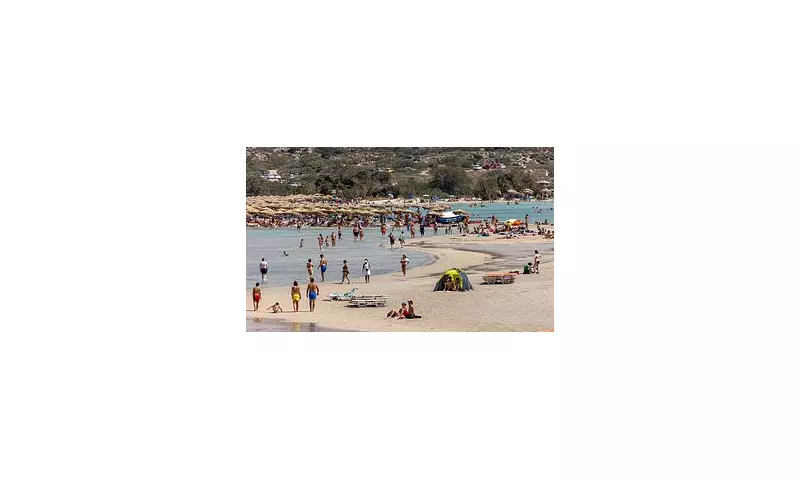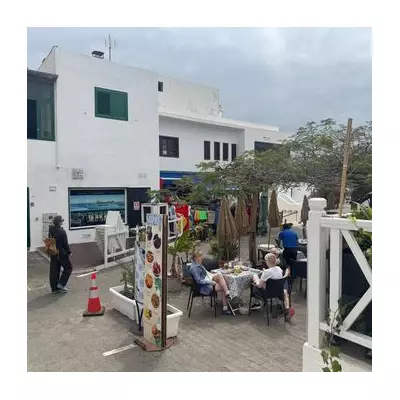
Once celebrated as the planet's most pristine coastal paradise, a remote Philippine beach now serves as a cautionary tale about the destructive power of social media-driven tourism. The very beauty that earned it global acclaim has become its curse, as thousands of daily visitors threaten to love this natural wonder to death.
The Instagram effect: From hidden gem to overcrowded nightmare
The transformation has been both rapid and devastating. Where gentle waves once lapped against untouched shores, plastic bottles and food wrappers now litter the sand. The crystal-clear waters that captivated photographers worldwide have become murky with pollution from boats ferrying endless streams of visitors.
Local authorities report that visitor numbers have skyrocketed from a few hundred daily to over 3,000 during peak seasons. The infrastructure, designed for a fraction of this volume, has completely buckled under the pressure.
Environmental toll mounts daily
The ecological damage extends far beyond visible litter:
- Coral reefs that took centuries to form are being destroyed by careless snorkelers and boat anchors
- Marine life has fled the once-teeming waters, unable to withstand the constant human disturbance
- Local ecosystems face irreversible damage from sunscreen chemicals and human waste
- Noise pollution from crowds and watercraft has driven away native bird species
Local community torn between economy and ecology
For residents, the tourism boom presents an impossible dilemma. The influx has created much-needed jobs and income in a previously impoverished region, but at what cost to their natural heritage?
"Our grandparents protected this beach for generations," shares one lifelong resident. "Now we watch as visitors treat it like a disposable photo backdrop. The very soul of this place is disappearing before our eyes."
Searching for solutions before it's too late
Authorities have begun implementing emergency measures to stem the tide of destruction:
- Strict daily visitor caps to reduce overcrowding
- Designated swimming and photography zones to protect sensitive areas
- Plastic bans and environmental education for tourists
- Increased entry fees to fund conservation efforts
Yet many wonder if these actions come too late to save what made the beach special in the first place. The delicate balance between welcoming visitors and preserving natural wonders has clearly tipped in the wrong direction.
A warning for travel destinations worldwide
This Philippine paradise serves as a stark warning to other beautiful locations vulnerable to social media fame. The very tools that can showcase Earth's wonders to the world also possess the power to destroy them through uncontrolled exposure.
The question remains: Can we learn to appreciate natural beauty without consuming it? The fate of the world's most beautiful places may depend on our answer.





